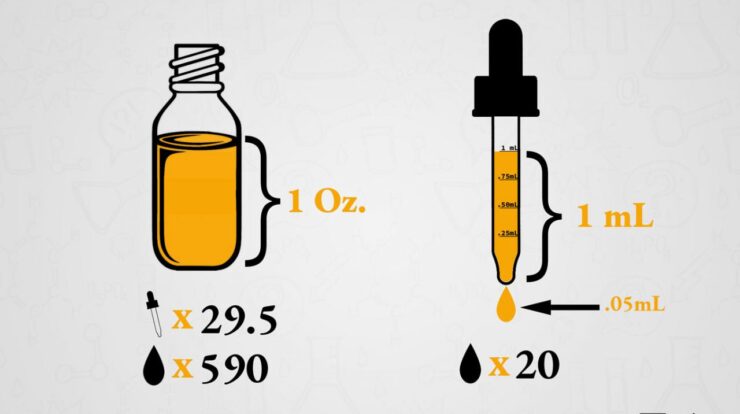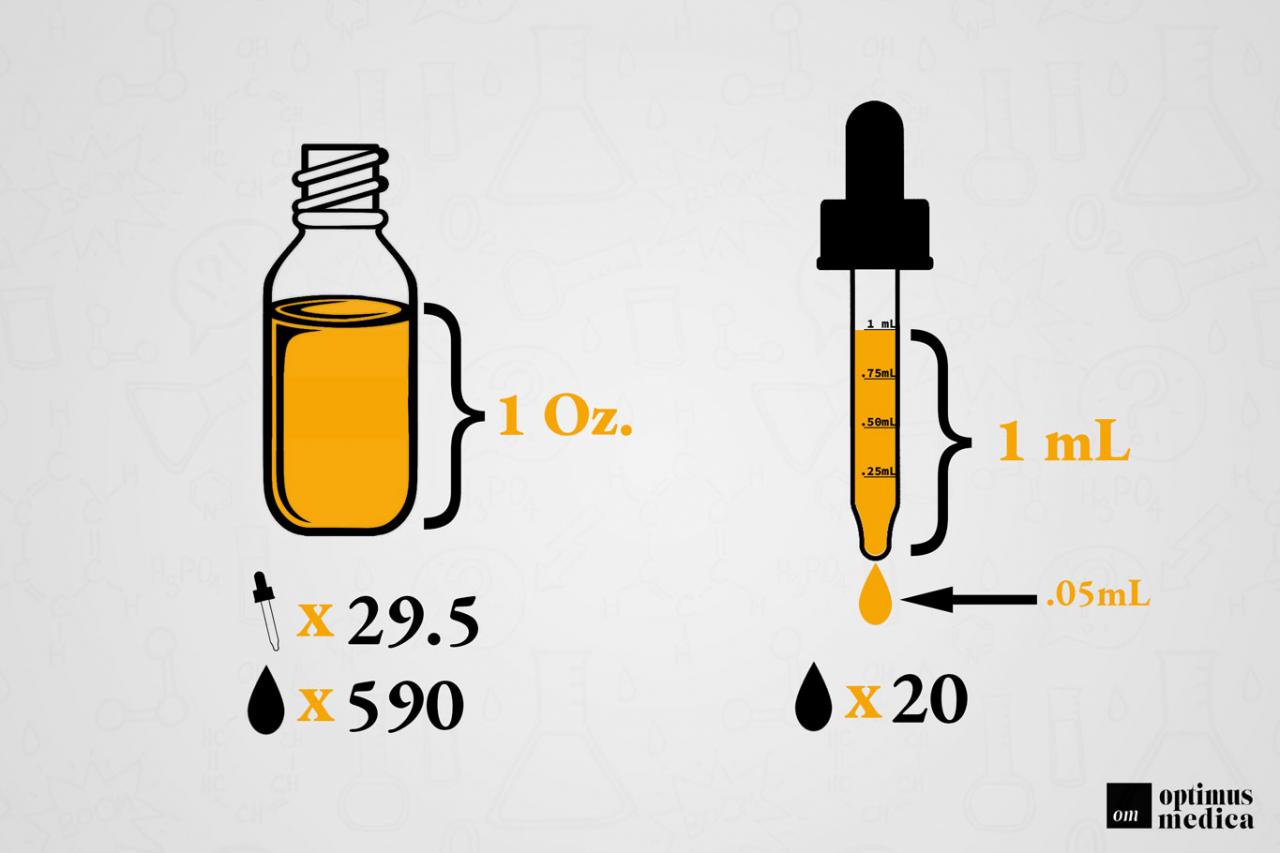
Dropper meaning encompasses a wide range of applications, from precise liquid measurement in scientific laboratories to administering medication in healthcare settings. This article delves into the multifaceted world of droppers, exploring their diverse types, functions, and innovative advancements.
Beyond their primary scientific and medical uses, droppers have also found creative expression in the arts, serving as tools for intricate painting techniques and specialized ink applications.
Dropper Meaning and Usage

The term “dropper” has various meanings depending on the context in which it is used. In the medical field, a dropper refers to a small glass or plastic device used to administer liquid medications or solutions. In a laboratory setting, a dropper is a pipette or graduated cylinder used to dispense precise amounts of liquids.
In the art world, a dropper is a tool used to apply paint or other liquids to a canvas or other surface.
In slang or informal usage, the term “dropper” can refer to a person who is unreliable or who frequently disappoints others.
Dropper Types and Functions: Dropper Meaning
Pipette
A pipette is a slender, graduated glass or plastic tube with a narrow tip. It is used to measure and dispense precise volumes of liquids, typically in the microliter or milliliter range. Pipettes are commonly used in laboratories for experiments and analytical procedures.
Syringe
A syringe is a medical device consisting of a hollow cylinder and a plunger. It is used to inject or withdraw fluids from the body. Syringes are available in various sizes and can be used for administering medications, drawing blood, or irrigating wounds.
Eyedropper, Dropper meaning
An eyedropper is a small, handheld device used to dispense drops of liquid. It consists of a rubber or plastic bulb attached to a glass or plastic tube with a narrow tip. Eyedroppers are commonly used to administer eye drops, apply essential oils, or measure small amounts of liquids.
Dropper Applications
Medicine
Droppers are widely used in medicine for administering liquid medications, eye drops, and other solutions. They provide precise dosage control and allow for easy and convenient administration.
Science
In laboratories, droppers are essential tools for dispensing precise volumes of liquids. They are used in experiments, analytical procedures, and various research applications.
Art
Droppers are used in art to apply paint, inks, or other liquids to a canvas or other surface. They allow artists to create precise lines, dots, or washes of color.
Dropper Design and Innovation
Droppers have undergone significant design improvements over the years. Modern droppers are made from durable materials such as glass, plastic, or stainless steel, ensuring accuracy and longevity.
Recent innovations include electronic droppers that provide precise and controlled dispensing. These droppers are often used in laboratories for automated experiments or in manufacturing processes for precise fluid delivery.
Final Thoughts
The evolution of dropper design has witnessed significant advancements, driven by technological innovations that enhance functionality and precision. From the traditional glass pipettes to the latest automated microfluidic systems, droppers continue to play a vital role in various scientific, medical, and artistic endeavors.
Essential Questionnaire
What are the different types of droppers?
Droppers come in various forms, including pipettes, syringes, and eyedroppers, each designed for specific applications.
What are the materials used in dropper construction?
Droppers can be made from glass, plastic, or metal, with each material offering unique advantages in terms of durability, accuracy, and resistance to chemicals.
How are droppers used in the arts?
In art, droppers are employed for precise ink application in techniques such as watercolor painting, calligraphy, and fluid art.





